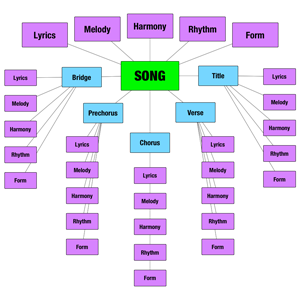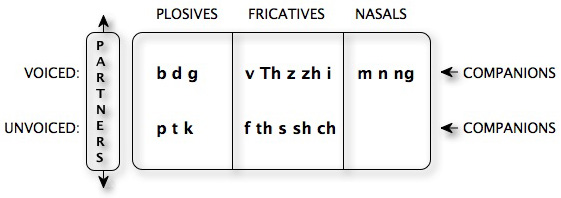-
(Difference between revisions)
Line 51: Line 51: * [[Songwriting:_Essential_Guide_to_Rhyming:_A_Step-by-Step_Guide_to_Better_Rhyming_and_Lyrics|Songwriting: Essential Guide to Rhyming: A Step-by-Step Guide to Better Rhyming and Lyrics]]* [[Songwriting:_Essential_Guide_to_Rhyming:_A_Step-by-Step_Guide_to_Better_Rhyming_and_Lyrics|Songwriting: Essential Guide to Rhyming: A Step-by-Step Guide to Better Rhyming and Lyrics]]+ * [http://www.amazon.com/gp/product/0440212057/ref=as_li_ss_tl?ie=UTF8&tag=grahamenglish-20&linkCode=as2&camp=1789&creative=390957&creativeASIN=0440212057 The Complete Rhyming Dictionary, Clement Wood]===Rhyme Links======Rhyme Links===Revision as of 20:14, 14 February 2012
Songwriting Infobox 
Song ModelSongwriting Lyrics - Melody - Harmony - Rhythm - Form Song Form Title - Chorus - Verse - Prechorus - Bridge Lyric Infobox Lyrics: Top Level Title - Song Plots - Rhyme - Rhyme Scheme - Lyric Triad Patterns - Lyric Writing Checklist - Scratch - RhymeZone - Titles - Category:Lyrics - Template:Rhyme - Template:Lyric Lyric Lyric - Melody - Harmony - Rhythm - Form Contents
Perfect Rhyme
Perfect Rhyme has three characteristics:
- The rhyming syllables have the same vowel sounds
- The consonant sounds after the vowel (if any) have the same sounds
- The rhyming syllables begin differently
A good substitute for Perfect Rhyme is Family Rhyme.
Family Rhyme
- The rhyming syllables have the same vowel sounds
- The consonant sounds after the vowel are phonetically related
- The rhyming syllables begin differently
In Family Rhyme, there are three phonetic families:
- Plosives: b, d, g, p, t, k
- Fricatives: v, TH, z, zh, j, f, th, s, sh, ch
- Nasals: m, n, ng
You can substitute members of the same family: cut/luck, rich/wish, fun/sung. Use this chart to help you find family rhymes:
Rhyme Schemes
Reading
- Songwriting: Essential Guide to Rhyming: A Step-by-Step Guide to Better Rhyming and Lyrics
- The Complete Rhyming Dictionary, Clement Wood
Rhyme Links
__NOEDITSECTION__
-
Meta

